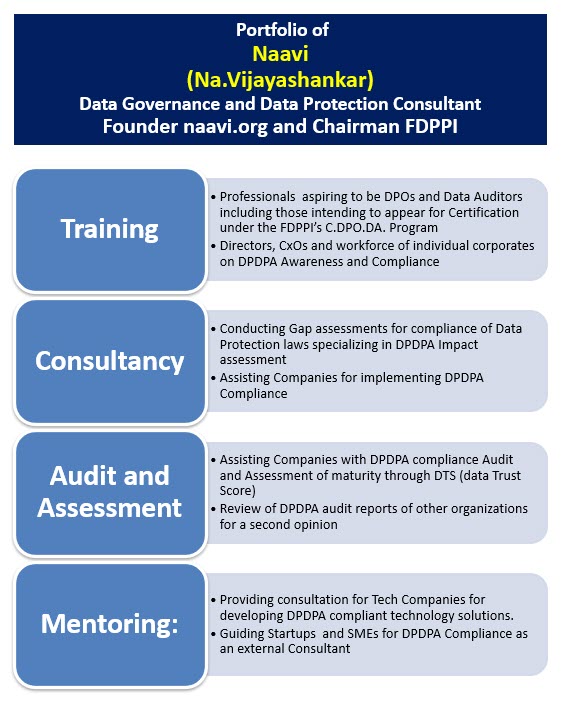In continuation of the discussions on Work From Home requirements and keeping with the spirit of CLCC (Cyber Law Compliance Center), we are adding a draft Employee undertaking that is recommended to be taken for Work from home implementations.
Suggestions are welcome. FDPPI is also working on refining the undertaking as may be required.
The Undertaking suggested is as follows:
Quote
Employee Undertaking for Work From Home provided to ………. (The Company)
I, …………………………………………., working as ………………………………………….. at ……………………………………… hereby undertake as follows.
Where as
-a pandemic situation has arisen in the with the outbreak of COVID 19 virus,
-the Government of India has placed certain restrictions on the movement of people in the general interest of public safety,
– the requirement to work from home has arisen out of a public safety requirement,
– the Company has proposed that I shall be allowed to continue to work from home without physically attending the office,
– I as an employee of the company is responsible for the conduct of my activities in complete support of the information security requirements that are adopted by the company both as part of the legal compliance requirements as well as the industry best practices
In consideration of the company agreeing to permit me to work from home and continue to pay my emoluments as if I work from the premises of the Company as I was hither to working,
I voluntarily agree and abide that I am in receipt of a copy of the “Work From Home, Rules 2020” (WFH rules), a copy of which is enclosed in Schedule I and have understood and hereby agree to faithfully follow the instructions contained there in.
In compliance of the WHF rules, during the period this undertaking is in force, I agree that
-
- I shall perform my company work only using the designated computer systems as recommended by the Company, particulars of which is available under Schedule II,
- I agree to consider that the designated system/s mentioned in Schedule I as belonging to the Company whether the hardware was purchased by the Company or by myself, and will be considered as the extended computer network of the company
- The designated systems would be used in a physical environment which would be considered as the “Extended Office Space” of the company.
- The Company may monitor my activities on the system as part of the information security requirements of the Company
- The Company may audit my physical and computer facilities as it may find it necessary.
- I will personally undertake the responsibilities of maintaining the physical, logical and data security measures in respect of the use of the designated systems that will be required to meet the obligations of the company to its customers and the regulatory authorities.
- I will personally undertake that I shall not use any unlicensed software on the device for carrying on any activities of the Company.
- I shall at all times be available for communication through e-mail: …….. and mobile number…………….. and authorize the company to contact me.
- In the event that I need any clarifications on any of the above, I shall get in touch with the designated coordinator of the Company at e-mail:………………………………….,
- In the event that I contravene any part of this undertaking, I shall be liable for necessary disciplinary actions as per the policy of the company.
This undertaking shall be operative immediately until it is cancelled by the Company and acknowledged through e-mail or otherwise.
Signed by:
On:
Witness:
Enclosures:
Schedule I: Work from home procedure 2020
Schedule II: Detailed of designated systems for use of the employee
Unquote







